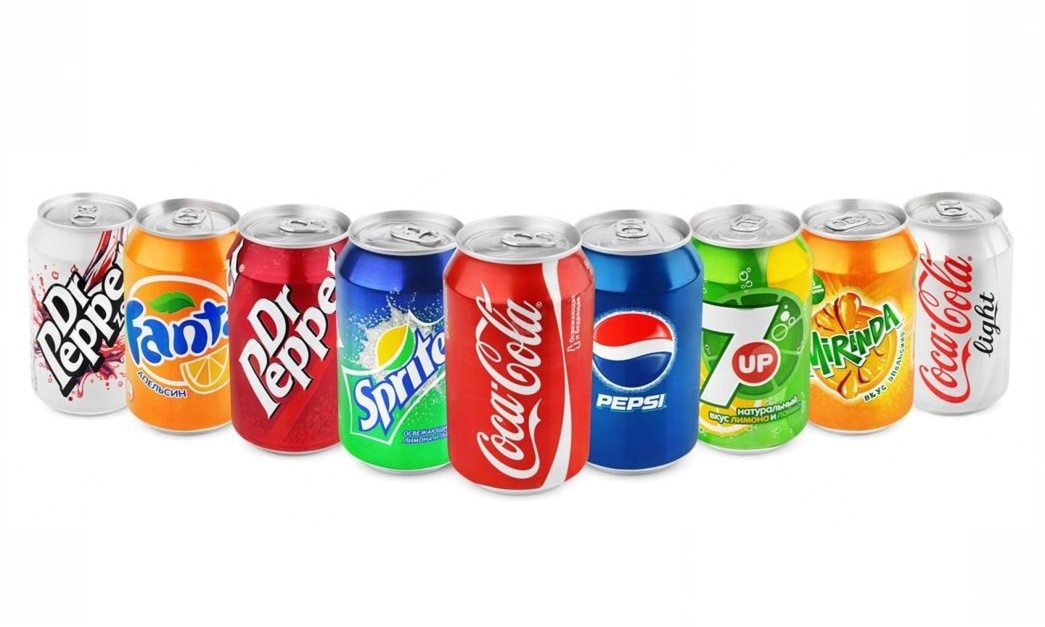The Narrative of Bubbles: Coca-Cola and Fizzy Beverages
Coca-Cola and Carbonated Beverages have always served a purpose beyond just satisfying thirst; they play a significant role in society, celebration rituals, marketing rivalries, and even debates. Among these, Coca-Cola stands out as perhaps the most recognizable brand. In this text, we will delve into how Coca-Cola came to be, the variations it inspired, how rivals reacted, and what consumers should consider.
Coca-Cola and Carbonated Beverages are not just drinks; they are a cultural phenomenon that shapes social interactions.
The Inception: The Birth of Coca-Cola
Origins: Coca-Cola was created in 1886 by Dr. John Stith Pemberton in Atlanta. Initially intended as a type of medicinal product, it was first promoted for relieving issues like headaches and exhaustion. As time passed, the recipe, branding, and business model evolved, turning it into a worldwide soda phenomenon.
The impact of Coca-Cola and Carbonated Beverages goes beyond taste; it influences lifestyle choices and personal preferences.
Recipe and Confidentiality: The initial formula, particularly the “secret” flavor ingredient (“Merchandise 7X”), adds to its intrigue. While many components of the recipe are public knowledge (including carbonated water, sugar or sweeteners, caramel color, caffeine, natural flavors, and phosphoric acid), certain flavor elements are kept under wraps.
Coca-Cola and Its Variations
Over the decades, Coca-Cola expanded its line. Some major varieties:
| Variant | Purpose / Difference | Key Features |
|---|---|---|
| Classic Coca-Cola | The original product | Full sugar, original flavor profile — vanilla, caramel, hints of citrus/spice, delivering sweetness balanced with acidity |
| Diet Coke | Lighter‐calorie alternative | Uses artificial sweeteners (aspartame etc.), lighter taste, less sugar and calories |
| Coke Zero / Coke Zero Sugar | Sugar-free but closer to original taste | Designed to mimic classic Coca-Cola flavor, but without sugar; appeals to those who want taste similar to classic but with fewer calories |
| Flavored Cokes (Cherry, Vanilla, etc.) | Diversification | Additions of fruit or other flavor notes, sometimes seasonal or limited editions |
| Caffeine-Free / Other regional versions | Adapt to preferences or regulations | For those sensitive to caffeine, or in markets with specific demand or rules |
Coca-Cola operates within a broader context. Numerous other fizzy drinks, both colas and other types, compete or provide alternatives. Some major players include:
Understanding Coca-Cola and Carbonated Beverages helps consumers navigate their choices and explore the wide variety of options available.
- Pepsi: The main competitor in the cola market, typically battling over flavor, advertising tactics, and attracting younger audiences.
- Dr. Pepper: A cola-type drink but known for its unique flavor mix (23 different tastes within its formula), which provides a distinct flavor experience.
- Sprite / 7Up, Fanta, etc.: Non-cola soft drinks part of the larger soda category—fruity flavors, lemon-lime, orange, and more.
- Diet / Zero Sugar Products: Various brands, including non-cola types, offer lower-sugar, calorie-free options to address health-related concerns or evolving consumer preferences.
- Craft / Natural Soda Brands: Recently, smaller companies have emerged, emphasizing the use of “natural” sweeteners, fewer chemicals, or unique flavor offerings.
What Makes Bubbles and Flavor Effective
Several core elements contribute to the appeal of these beverages (and why people enjoy them):
- Fizz / Bubbliness: The carbon dioxide bubbles do more than serve a cosmetic purpose—hey enhance mouthfeel, provide a refreshing quality, and add a “kick” to the drink.
- Sweetness versus Tartness: Achieving the right equilibrium is essential. Sugars (or sweeteners) lend sweetness and texture; acids (such as citric and phosphoric) deliver a tartness that balances sweetness and adds a sharp taste.
- Flavor Characteristics & Aroma: The subtle notes of vanilla, caramel, and possibly hints of spice or citrus in the recipe play a crucial role; they contribute to the unique identity of a soda.
- Temperature & Packaging: The coldness of the beverage, the type of container it comes in (like can, glass, or plastic), and the duration since it was opened can influence flavor, fizz, and the overall drinking experience.
Effects & Considerations
Although many enjoy soda, there are various issues linked to fizzy drinks:
Choosing Coca-Cola and Carbonated Beverages requires insight into both health impacts and enjoyment factors.
- Health / Nutrition: Consuming high amounts of sugar is connected to obesity, dental problems, and metabolic conditions. Opting for sugar-free options lowers calories but may involve artificial sweeteners, which spark their own discussions.
- Environmental Impact: The waste generated from packaging materials (such as plastic bottles, aluminum cans, and glass) is significant. Additionally, the transport of these drinks consumes energy. Companies are investing in recycling initiatives and lighter forms of packaging.
- Regulations & Taxes: Many nations have enacted “soda taxes” to reduce the intake of sugary beverages. Labeling regulations may necessitate the inclusion of health warnings or details on sugar content.
- Cultural & Marketing Influence: Coca-Cola and its rivals have had a major impact on advertising, global marketing strategies, holiday traditions (such as Coca-Cola’s Christmas advertising), and the sponsorship of key events.
Consumer Trends & Future Directions
Current movements in the carbonated beverage industry include:
Lower Sugar / Alternative Sweeteners: An increase in zero or low-sugar options, using natural sweeteners or combinations.
Functional Additives: Some companies incorporate vitamins, probiotics, or natural extracts to attract health-focused buyers.
Flavor Exploration: Special edition flavors, seasonal selections, and unique mixes (like tea-cola combinations or herb and spice infusions).
Sustainability Concerns: An emphasis on environmentally friendly packaging, bottles that can be recycled or reused, and efforts to minimize water consumption during manufacturing.
Customized Product Experience: High-end packaging, artisanal sodas, bold branding, and catering to specific markets.
The evolution of Coca-Cola and Carbonated Beverages reflects changing consumer desires and health trends.
Coke in Today’s Life: Reason for Its Continued Success
Amid numerous variations, rivals, and evolving consumer tastes, what keeps Coca-Cola as a leading brand?
Brand Power & Recognition: The logo, signature red color, and script are easily recognized worldwide.
Reliability & Nostalgia: For countless individuals, Coke evokes memories of childhood, cultural traditions, and personal experiences; this emotional connection is significant.
Flexibility: Coca-Cola has demonstrated the ability to innovate (through zero-sugar options, new flavors, and marketing collaborations) while keeping its foundational product intact.
Distribution Strength: Coca-Cola’s networks, logistics, and worldwide reach ensure that it is widely available in many formats and locations.
Ultimately, Coca-Cola and Carbonated Beverages provide a connection to memories while adapting to modern preferences.
Final Reflections
Coca-Cola and the wider realm of soft drinks provide more than merely a bubbly enjoyment — they reflect a great deal about personal tastes, societal norms, financial factors, and wellness. Whether you are enjoying a traditional Coke, sampling a no-sugar alternative, or discovering craft sodas, it’s beneficial to consider your preferences (taste, sweetness, flavor), what you can accept (caffeine, sweetness, additives), and your principles (health, environment, culture).
When considering your next drink, think about how Coca-Cola and Carbonated Beverages fit into your lifestyle and values.
If I were to guide someone looking to cut down on sugar while still relishing soda: sample various no-sugar or diet choices, assess them at various temperatures, and compare packaging types like bottles, cans, and glass. Occasionally, the sensation and carbonation significantly influence the overall experience just as much as the flavor itself.
Exploring Coca-Cola and Carbonated Beverages can lead to new favorites that align with dietary preferences.


Leave A Comment